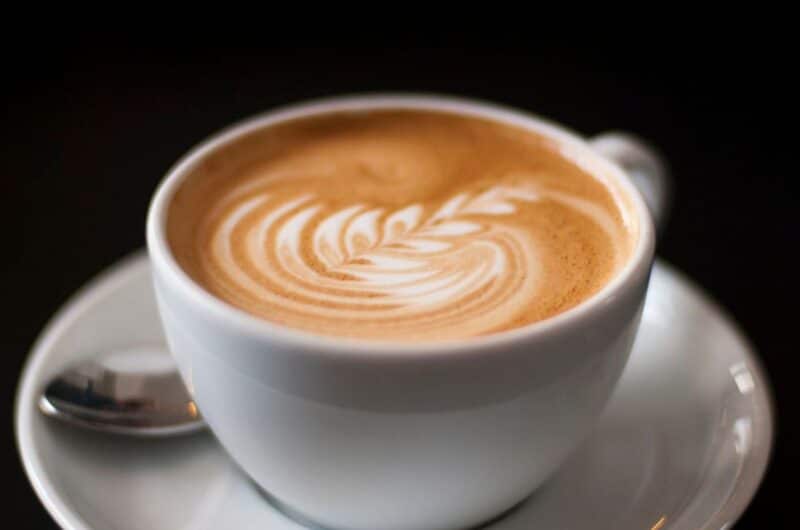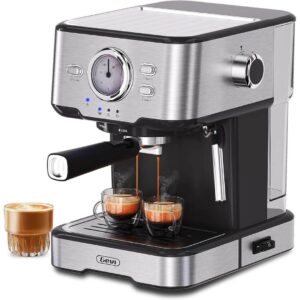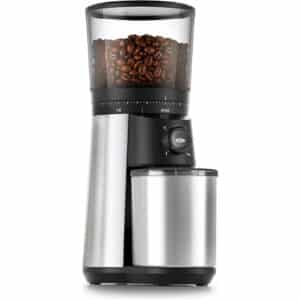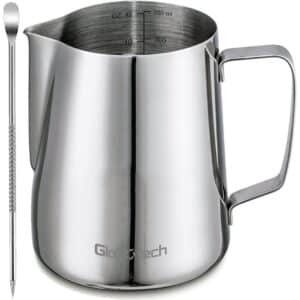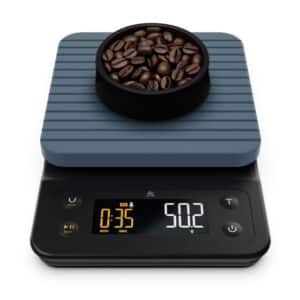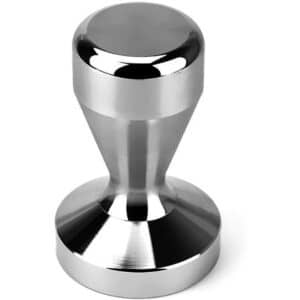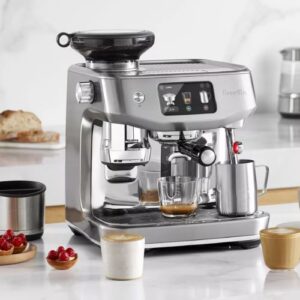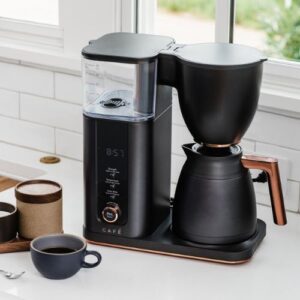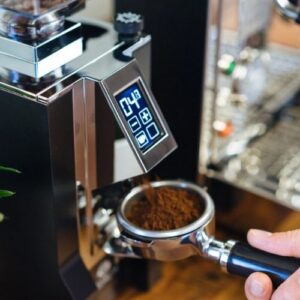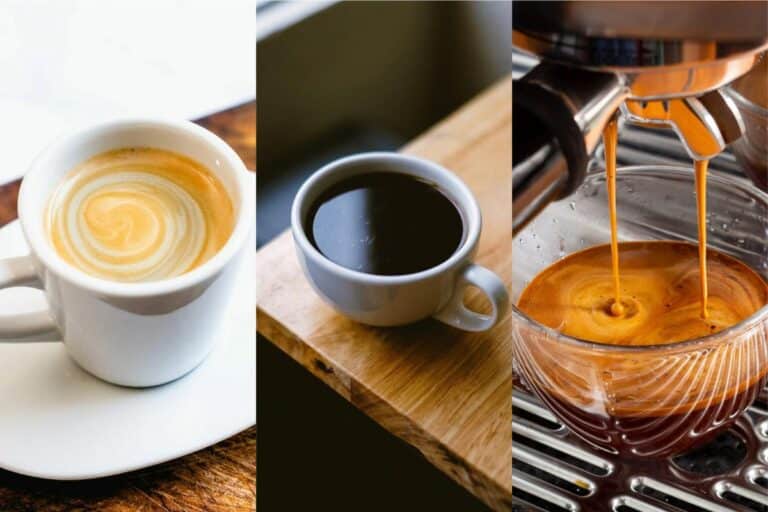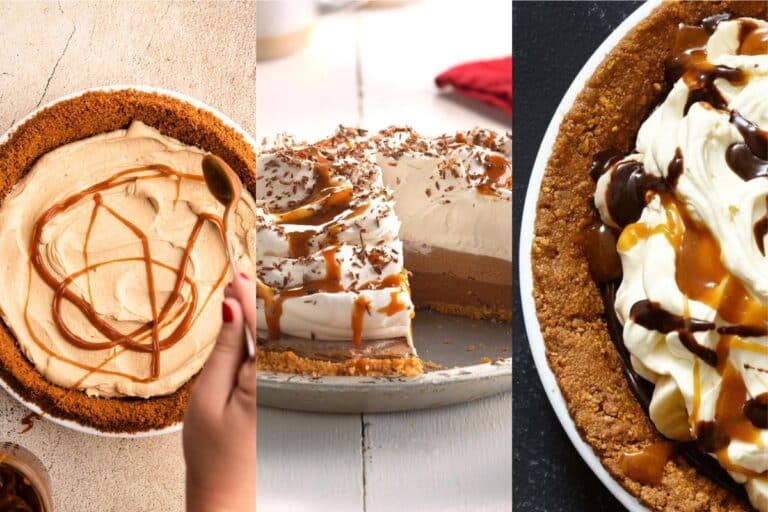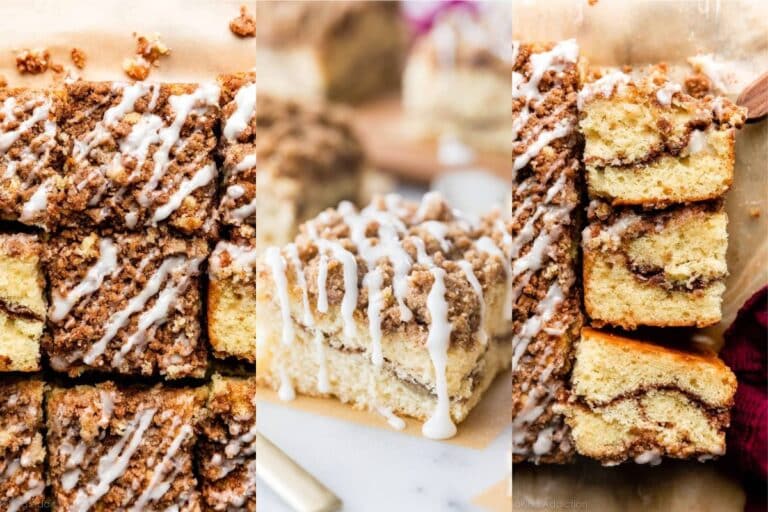The flat white, a popular coffee drink, stands out in the world of espresso-based drinks. It’s a simple yet tasty mix of a double shot of espresso and steamed milk with velvety, fine microfoam. Unlike a latte, which has more milk and foam, the flat white gives you a stronger coffee taste because it has more espresso.
People often argue about where the flat white came from, with both Australia and New Zealand saying they invented it in the 1980s. No matter where it started, it’s clear that people all over love it. The drink became really popular in the UK and the USA in the early 2000s and is now a must-have in coffee shops worldwide. People love the flat white for its smooth feel and strong coffee flavor, perfect for those who like their coffee strong but creamy.
What is a Flat White Coffee?
A Flat White is a coffee drink that originated from Australia or New Zealand (there’s a bit of a friendly rivalry over its origin). It’s similar to a latte but generally smaller in volume, with a higher proportion of coffee to milk. The key features of a Flat White include:
- Size and Strength: It’s typically served in a smaller, 150-160 ml cup with a double shot of espresso, making it stronger than a latte of the same size.
- Milk Texture: The milk is steamed to a smooth, velvety microfoam, which is denser than that of a latte or cappuccino. This results in a creamy consistency without the stiff foam cap that cappuccinos are known for.
- Presentation: It is usually topped with a thin layer of microfoam, and baristas often create latte art on the surface.
A Flat White is appreciated for its balance of espresso and the creamy texture of the milk, making it a popular choice for those who enjoy a strong coffee flavor with a smooth, rich texture.
How to Make a Flat White Coffee
1
servings5
minutes5
minutes10
minutesThe flat white is a classic coffee drink, blending a rich espresso shot with smoothly steamed milk, marked by a velvety texture and a thin layer of microfoam. The process involves grinding coffee beans, brewing an espresso shot, and steaming milk to the perfect consistency, then combining them to create a balanced and creamy beverage.
Ingredients
Espresso coffee beans (specific quantity, e.g., 18 grams).
Cold milk (specific type and quantity, e.g., 150 ml of whole milk).
Equipment
Espresso Machine
Coffee Grinder
Milk Jug
Digital Scale
Tamper
Directions
- Grinding the Coffee Beans: Start by measuring approximately 18 grams of coffee beans for a standard flat white. Using a burr grinder, grind the beans to a fine consistency, similar to table salt. This is essential for a well-extracted espresso.
- Brewing the Espresso: Preheat your espresso machine first. Evenly distribute the ground coffee in the portafilter and press down firmly and evenly with a tamper, ensuring a level surface. Lock the portafilter into the machine and begin the extraction. Aim for a 25-30 second brew time, yielding about 60ml (2 ounces) of espresso with a thick, golden crema on top.
- Steaming the Milk: Fill a milk jug with about 150ml of cold milk, not more than half full. Purge the steam wand to remove any water, then submerge the wand just below the milk’s surface and turn it on. As the milk heats, lower the jug gradually to incorporate air until the milk reaches a creamy texture without large bubbles, ideally at a temperature of 60-65°C (140-149°F). After turning off the steam wand, swirl the milk to maintain a smooth consistency.
- Combining the Espresso and Milk: Pour the brewed espresso into a warm cup. Follow this by pouring the steamed milk over the espresso, starting from a higher position and then lowering the jug as the cup fills. This technique allows the milk to blend with the espresso, creating a thin layer of microfoam on top, achieving the distinctive smooth and creamy texture of a flat white.
Tips and Notes
- Bean Selection: The choice of coffee beans significantly impacts the flavor of your flat white. Single-origin beans often offer unique and distinct taste profiles, ranging from fruity to nutty or chocolatey, depending on their origin. Experiment with different beans to discover which flavors you enjoy the most. For a more consistent and balanced flavor, a blend designed for espresso can also be a great choice.
- Milk Temperature and Frothing Technique: Achieving the perfect milk texture is crucial. Aim to steam the milk to a temperature of 60-65°C (140-149°F). Overheating the milk can burn it, affecting the taste and ruining the microfoam. Practice frothing the milk to achieve a smooth, glossy finish with tiny, uniform bubbles. This creates the silky texture that is key to a great flat white.
- Milk Alternatives: For those with dietary preferences or lactose intolerance, plant-based milks like almond, soy, or oat milk can be used. Keep in mind that these alternatives will froth differently and can alter the taste of the coffee. Oat milk, in particular, is known for its ability to froth well and complement the espresso flavor.
- Adjusting Coffee Strength: The strength of your flat white can be adjusted by altering the coffee-to-water ratio during brewing. For a stronger coffee flavor, use a higher ratio of coffee to water. Conversely, for a milder taste, reduce the amount of coffee. The grind size can also be adjusted – a finer grind for a stronger brew, or a coarser grind for a lighter taste. Experimentation is key to finding your preferred balance.
Conclusion
Crafting the perfect flat white is an enjoyable journey into the art of coffee making. The key to success lies in a few essential steps: selecting high-quality coffee beans, grinding them to the right consistency, precisely brewing the espresso, and mastering the art of milk steaming to achieve a creamy, velvety texture. The harmony between a strong, flavorful espresso and the smooth, richly textured milk is what defines this beloved coffee drink.
Experimentation is a crucial part of this process. Don’t hesitate to try different types of coffee beans, each offering its unique flavor profile, to find the one that best suits your palate. Similarly, exploring various milk options, including plant-based alternatives like almond, soy, or oat milk, can not only cater to dietary needs but also introduce new and interesting flavors to your flat white.
Remember, making a flat white at home is not just about the end product; it’s about the experience and satisfaction of creating something delightful with your own hands. Each cup is an opportunity to refine your skills and indulge in the pleasure of a beautifully made coffee. So, take joy in the process, enjoy each sip, and share your coffee creations with friends and family.
Frequently Asked Questions about Flat White Coffee
1. What is a Flat White Coffee?
Answer: A Flat White is a coffee drink that originated in Australia or New Zealand and features a double shot of espresso combined with steamed milk. It is characterized by its velvety microfoam that is thicker than that of a latte but less frothy than a cappuccino’s foam.
2. How is a Flat White different from a Latte?
Answer: A Flat White is generally smaller and stronger than a latte, served in a 150-160 ml cup with a higher proportion of coffee to milk. The milk in a Flat White is also steamed to create a smooth, velvety microfoam, whereas lattes typically have a lighter, airier foam.
3. How much caffeine is in a Flat White?
Answer: A Flat White typically contains a double shot of espresso, which can have approximately 128 mg of caffeine. The exact amount of caffeine can vary based on the coffee blend and preparation method.
4. What kind of milk is used in a Flat White?
Answer: Most commonly, whole milk is used to achieve the rich, creamy texture characteristic of a Flat White. However, alternatives like skim milk, soy milk, or oat milk can also be used for dietary preferences.
5. Can I make a Flat White at home?
Answer: Yes, you can make a Flat White at home if you have an espresso machine. Brew a double shot of espresso and steam your choice of milk until it achieves a creamy, velvety texture. Pour the steamed milk over the espresso, aiming to include as little foam as possible.
6. Is a Flat White sweet?
Answer: A Flat White is not inherently sweet as it typically contains just espresso and milk. However, it has a natural sweetness that comes from the lactose in the milk and the espresso’s own flavors. Sweeteners or flavored syrups can be added based on personal preference.
7. What is the best time of day to drink a Flat White?
Answer: A Flat White can be enjoyed at any time of day, but it is commonly consumed in the morning or early afternoon due to its caffeine content, which can provide a boost of energy.
8. How do I order a Flat White at a coffee shop?
Answer: Simply ask for a Flat White from the menu. If the café doesn’t explicitly list it, you can request a small latte with less foam and a double shot of espresso, which is essentially what a Flat White is.
